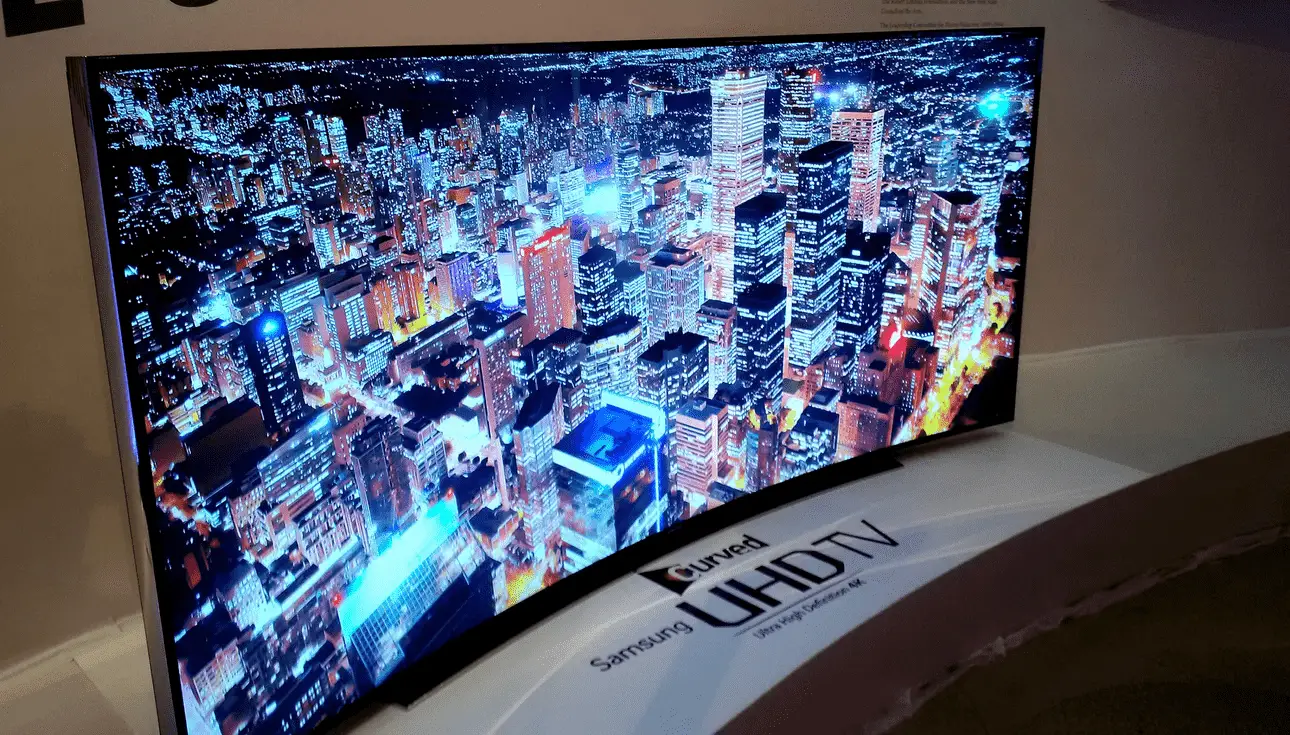ATV, or Advanced Television, is a term that has become increasingly used in the television industry. This technology deals with the digital transmission of audio and video signals, far surpassing the quality of standard television sets. As a result, ATV is becoming ever more popular as an alternative to traditional TV, as it offers higher resolution and better sound clarity than its analog counterpart.

What is ATV in TV?
ATV, or Advanced Television, represents digital transmission in the TV industry, where video and audio significantly improve over standard TV. Advanced Television (ATV) describes the latest developments in television technology, which typically refers to the use of digital broadcasting, high-definition (HD) or ultra-high-definition (UHD) video, and other advanced features that provide a better viewing experience for viewers.
Here are some critical aspects of ATVs:
- Digital Broadcasting: One of the most significant advances in television technology is the transition from analog to digital broadcasting. Digital broadcasting provides a better picture and sound quality and other advantages, such as transmitting multiple channels on a single frequency. It also offers additional services such as electronic program guides, interactive features, and data services.
- High-Definition (HD) Video: Another critical aspect of ATV is the use of high-definition (HD) video, which provides a significantly higher resolution than standard-definition (SD) video. HD video typically has a resolution of at least 720p, and many modern TVs support even higher resolutions, such as 1080p or 4K (UHD).
- Ultra-High-Definition (UHD) Video: UHD video is the latest and highest resolution standard for television video, offering up to four times the resolution of HD. UHD video typically has a resolution of 3840×2160 pixels, or “4K,” but there are also “8K” TVs with even higher resolutions. However, UHD video requires more data to transmit than HD or SD video, so it often requires specialized equipment and high-speed internet connections.
- Advanced Features: ATVs may also include other advanced features, such as High Dynamic Range (HDR), which enhances the contrast and color of the video and provides a more realistic and immersive viewing experience. Some ATV systems may also include interactive features such as on-demand video, time-shifting, and social media integration.
Overall, ATV is an exciting and rapidly evolving area of television technology, with the potential to significantly enhance the viewing experience for viewers. While many of these advanced features require specialized equipment and may not be available in all regions, they are becoming increasingly accessible as the technology becomes more widespread.

The two main types of ATV are DTV (Digital Television) and HDTV (High Definition Television). DTV provides enhanced picture quality through the use of digital compression techniques. This results in sharper edges, more precise detail, and reduced blurring across the image. On the other hand, HDTV provides a further enhanced image quality by using a more significant number of pixels to create a more detailed picture. Combining these technologies means viewers can enjoy higher-resolution images than ever before when watching their favorite shows and movies without compromising sound quality.
The benefits offered by ATVs go beyond improved imagery and sound; due to their digital nature, there is also an increased range of services available. For example, with Digital TV, it is possible to access multiple extra channels through subscription packages, while with HDTV, higher-quality programming such as Blu-ray discs can be watched in full 1080p resolution. Further advantages include more accessible access to archived material from previous broadcasts and interactive features like voting systems for participation in game shows or reality TV programs.
For those looking to invest in ATV technology, several options are available depending on budget demands for features. For example, many newer TVs have built-in DTV tuners, meaning all you need is the relevant subscription package to receive digital broadcasts without additional hardware; many cable companies offer specialized packages for those seeking out HDTV signals – though you may require a special set-top box if your television does not have an integrated tuner for this service; finally, you could opt for purchasing Blu-ray discs which would give you access to content at full 1080p resolution – though this option can be expensive compared to other offerings since it requires buying each disc individually each time you wish to view something new or different.
Advanced Television Future
ATV’s future will likely be characterized by enhanced content quality, increased integration with emerging technologies, and improved personalization and interactivity. In addition, the grating AI, AR, VR, and IoT technologies will likely significantly shape the ATV landscape, providing viewers with an even more immersive and customized viewing experience.
- Enhanced Content Quality: With continuous advancements in display technology, ATVs are expected to offer even higher resolution content (such as 8K and beyond), better High Dynamic Range (HDR), and improved color gamut. These improvements will deliver a more immersive and realistic viewing experience.
- Integration of Artificial Intelligence (AI) and Machine Learning (ML): AI and ML technologies are expected to play a crucial role in content creation, personalization, and optimization. ATV might employ AI-driven algorithms to optimize video quality, create intelligent recommendations, and generate new content based on user preferences.
- Immersive experiences: The future of ATVs could see the integration of augmented reality (AR) and virtual reality (VR) technologies, providing viewers with an immersive and interactive experience. This may also include incorporating haptic feedback, allowing viewers to feel sensations while watching content.
- Expansion of OTT platforms and streaming services: The demand for on-demand content and streaming services is expected to grow, leading to more media entering the market. ATV will likely continue to evolve with better content aggregation, allowing users to access and manage their subscriptions from one interface easily.
- Interactivity and social features: ATV could see increased interactivity in the form of audience engagement with live events, integration of social media platforms, and features such as watch parties, which will allow users to watch content together in real-time.
- Advanced advertising: With ATV, targeted and personalized advertising will become more sophisticated, utilizing viewer data to deliver relevant ads. Programmatic advertising and addressable TV will also become more prevalent, allowing for better ad targeting and effectiveness.
- 5G and the Internet of Things (IoT): As 5G networks expand, ATVs will benefit from faster data speeds, lower latency, and improved connectivity. The IoT ecosystem will enable better integration between ATVs and other smart devices, providing a seamless, connected experience throughout the home.
- Voice control and intelligent home integration: ATVs are expected to integrate more deeply with innovative home ecosystems, allowing users to control their TVs and other connected devices using voice commands. This would facilitate hands-free interaction and make it easier for users to manage their entertainment systems.
Conclusion
ATV represents an exciting new frontier in how we receive our entertainment; its benefits mean viewers now have access to much higher quality visuals along with a whole host of additional services they wouldn’t get from traditional broadcast methods – all while maintaining low costs compared to many other forms of paying for content such as movie rentals or subscriptions fees for streaming services like Netflix or Hulu Plus. It’s clear that ATV has established itself as a viable alternative for anyone wanting the best experience out of their television viewing pleasure, so if you’re looking for something better than what standard TV has been providing, look no further!
- Facebook Ads to Get Followers! - December 27, 2024
- ClickUp vs. Slack - December 20, 2024
- Mastering E-Commerce Analytics: A Blueprint for Success





